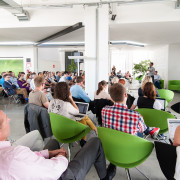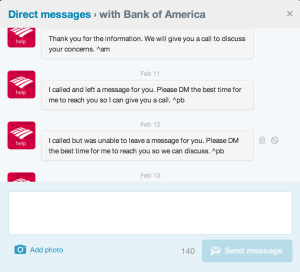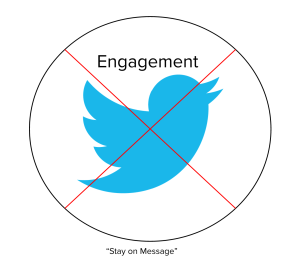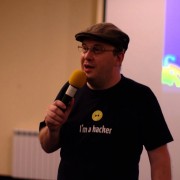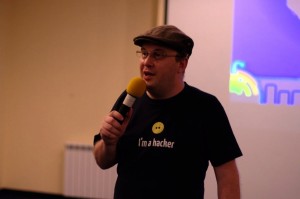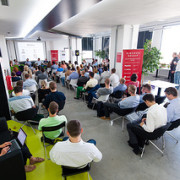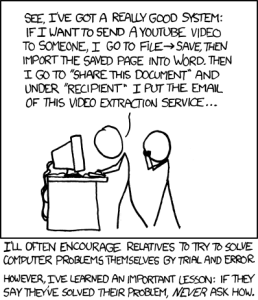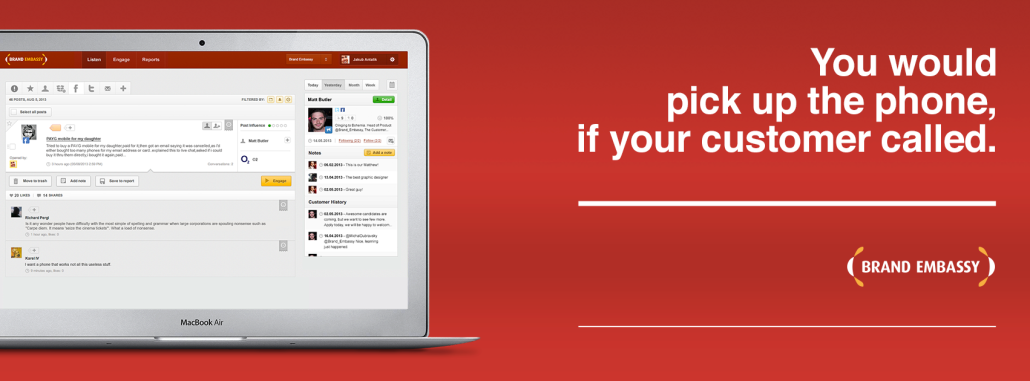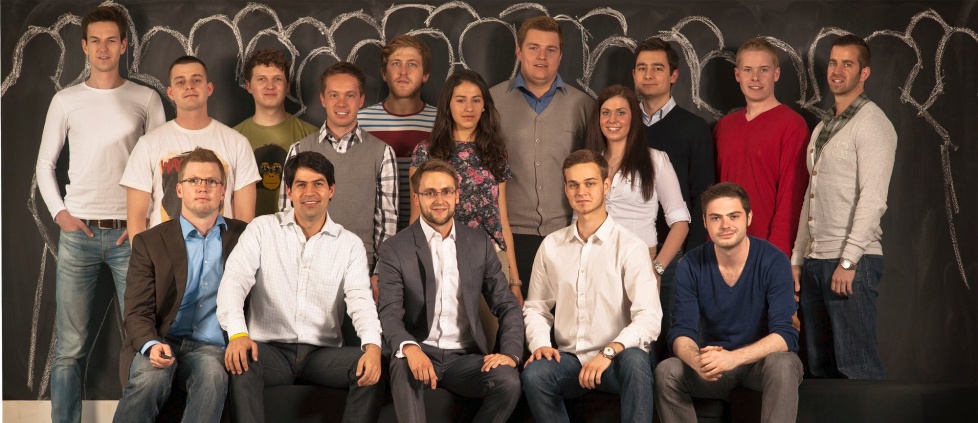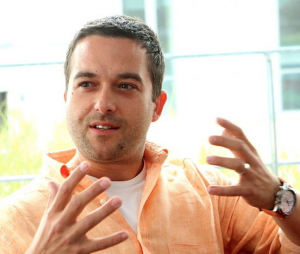6+ Teams, and We’re Off and Running
Our Teams Are On Their Way
We closed our application process earlier this month, and we’re excited to announce that we have invited 6 teams to join the next round of acceleration, beginning in April 2014.
While we work to hammer out the details, and set a finalized schedule for the teams, we’re proud to announce that we have nearly 100 mentors who are interested in contributing to the accelerator this round. Aside from representatives of Credo Ventures, Seznam, and Synot, StartupYard accelerator teams will be taking advantage of perks from StartupYard partners like Microsoft, IBM, and Amazon.
Teams to join StartupYard range from cloud based consumer services, location based mobile apps, and news aggregators, to search engines and data mining tools. The breadth of these projects is tremendous, and the potential we see in these teams, as well as their ideas, is really exciting.
We sent out a questionnaire to our confirmed teams, and here are a selection of our initial responses. We’ll post a more comprehensive set of responses when we’ve heard from all the teams.
How did you find out about StartpYard, and why did you decide to apply?
Mergim Cahani
Team From: Kosovo
Project Area: Search
Alin Stanescu
Team From: Romania
Project Area: Location Based App
During my studies in NY I had two roommates, one from Prague and the other from Slovakia. Through them I had an opportunity to meet someone at Credo Ventures. That is how StartupYard was recommended to me. After I reviewed what StartupYard was looking for this year, and what the opportunities and offers were, it was difficult not to inquire further. Considering that Seznam is a partner at StartupYard also played a big role.
We found out about StartupYard from the http://f6s.com platform. After seeing the name pop-
up on the website and seeing that the accelerator is opening its doors, we made a Google search about the program. We loved what we found out about the experience that you guys offer and decided to apply and hope for the best.
What attracted you to the idea of an accelerator, rather than bootstrapping or other sources of income (going directly to investors, crowd funding, etc)?
Cahani
First it was people involved in the StartupYard, including management and mentors. Their experience and impact in the startup community is remarkable, and I cannot wait to meet them. Access to data and staff from Seznam was an excellent attraction (as it relates directly to what we do).
Stanescu:
The idea of an accelerator sounds as an amazing experience where you can develop your idea in a professional environment, specially designed in boosting your team and the product or service you offer to the market. The mentorship is much more valuable than the money we can receive, that’s one of the most important factors to us.We value experience more than receiving a lot of money and having little experience in what to do next.
What are you doing to prepare yourself for the accelerator?
Cahani:
There are a few things. Moving logistics is one of them, albeit the easy one. The difficult part is, as we are meeting with the team members, trying to decide how to organize our work and time between Prague and our offices as effective and as efficient as possible.
Stanescu:
We are currently improving the mobile/web app that we already own and preparing a new UX for the whole concept that we want to work on.We validated the the whole product, our users, our customers want the amazing stuff that my team can build !
How did your team come together? How did you meet your cofounders?
Cahani:
I grew up with one co-founder starting from elementary education and throughout high school, and we were roommates during my first year of college. The other team member, was colleague that I meet while teaching computer science at a university. Also, there are a few exceptional students of ours who we have invited to become part of the team.
Stanescu:
We met during the 1st edition of the Startup Weekend that was held here in Cluj-
Napoca, Romania. We were attracted by the idea of entrepreneurship in the IT field and wanted We met during the 1st to know if we can meet other like-minded people who share the same interest as we did. Fortunately we found what would be the future team of evolso and start building the project.
Where do you see yourself and your company in 5 years after StartupYard?
Cahani
I see the company being the leader in our targeted market, and in such time frame, also a profit generating company. I proudly see myself part of it.
Stanescu
In 5 years? We see ourselves spread worldwide with a number of 10 mil. – 50 mil. Downloads on the app markets and the business blooming like never before and still dedicating our time in listening to our users and customers and building exactly what they would use.
What are you looking forward to most in Prague, both in the accelerator, and in the city? What are you nervous about?
Cahani
Meeting the people who run StartupYard, Mentors, Investors, and people from Seznam. Then, meeting and networking with other startups. Finally, verifying that Prague is as beautiful, great, and opportunistic as my ex roommate claimed it to be; if not, he owns me a three course meal. I am nervous about getting the product to prime-time come the end of the program. We already have an alpha version, but the competitors are very strong, and we need to prove that our product can add more value and meets the demand in our target market. This is a challenge that we have accepted and ready to face, but nonetheless it does make me nervous.
Stanescu
We are looking forward for the amazing experience the people from Prague can offer us during the accelerator program. We want to build,test and monetize the product while staying there and we will do our best to make that happen. As for the city itself, Prague is a wonderful city that hasits mysteries that we want to discover 🙂
How old are the members of your team, and what are their levels of education and professional experience?
Cahani:
The leading team, with business and/or technical background, are on average 30 years young. Each have a master’s degree in their respective area, one has two masters, and another one is a recent PhD. Average experience is around 10 years. The rest of the team, where most are part of the company since the beginning, who also have equity, are on average 23 years old. Little experience with big ambitions and indisputable talent. We have some coding wizards in our team. Worth mentioning one example: a year and a half ago, one was not aware of the “Hello World,” a few months back he wrote its own, fairly acceptable, algorithm on keyword-based document summarization. Granted, he always was great at Math. The intersection of experience from academia, industry, knowledge of the market, and willingness to continuously learn, makes us a competitive team.
Stanescu: The members of my team are between 22 and 26 years old and the professional background they have is in a perfect harmony with what a successful project with need. Marketing,Sales,Web development, UX design, Design, Mobile development,Business,SEO this is some of the experience my team has, while knowing how to act inside a team while helping eachother with different problems that could occur. They are awesome and they deserve to be noticed in the world for their capabilities and their desire to succeed.
[ssba]

